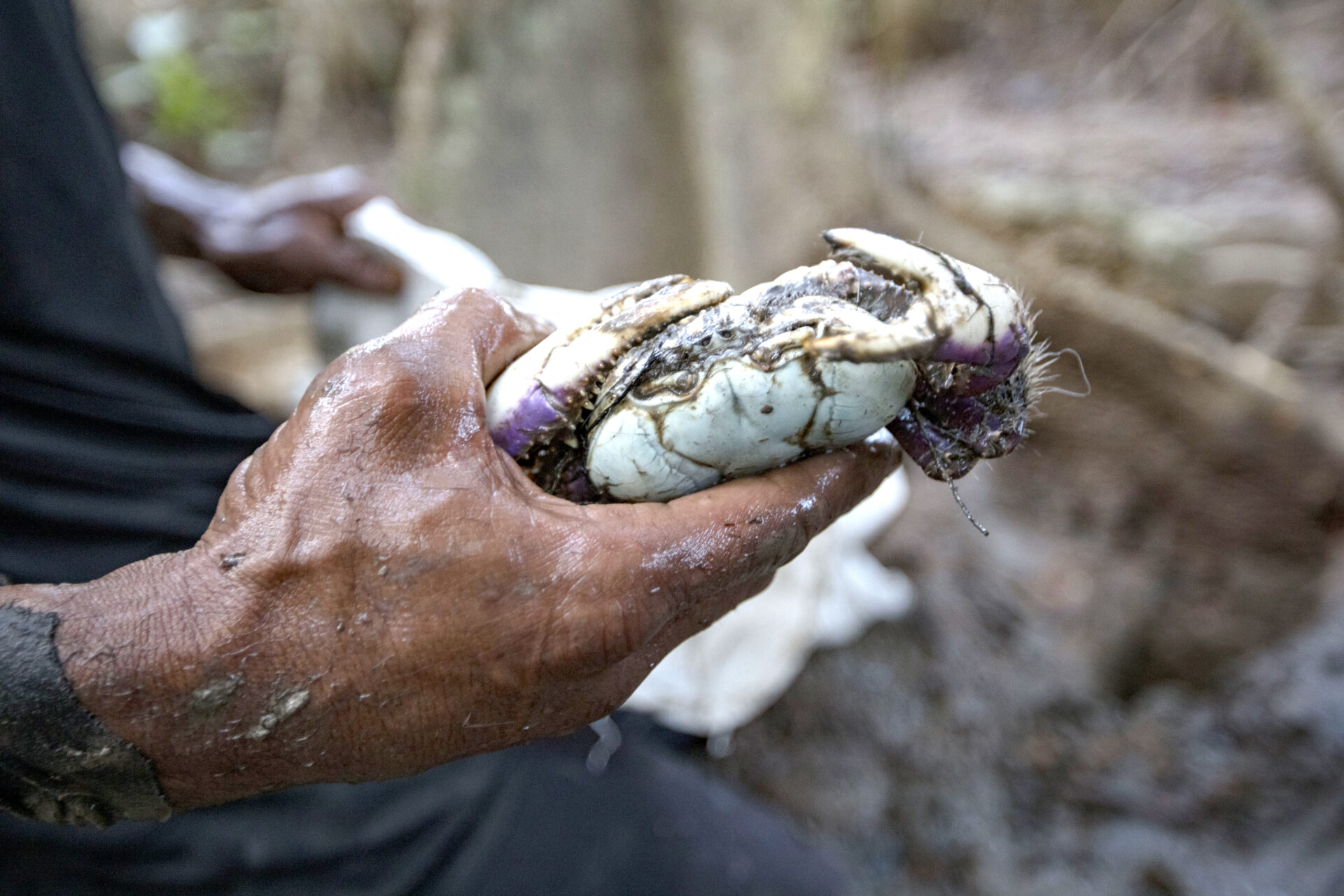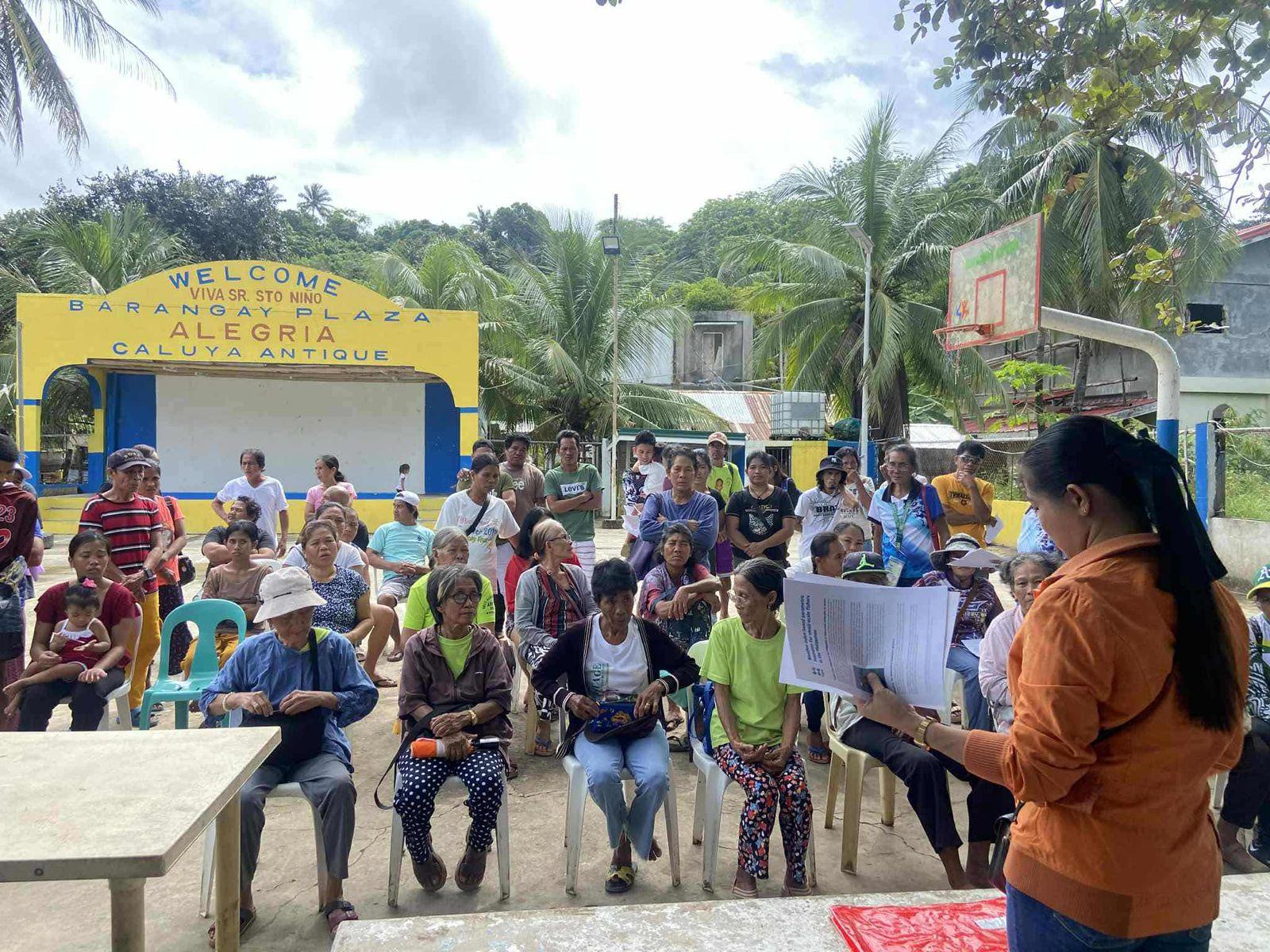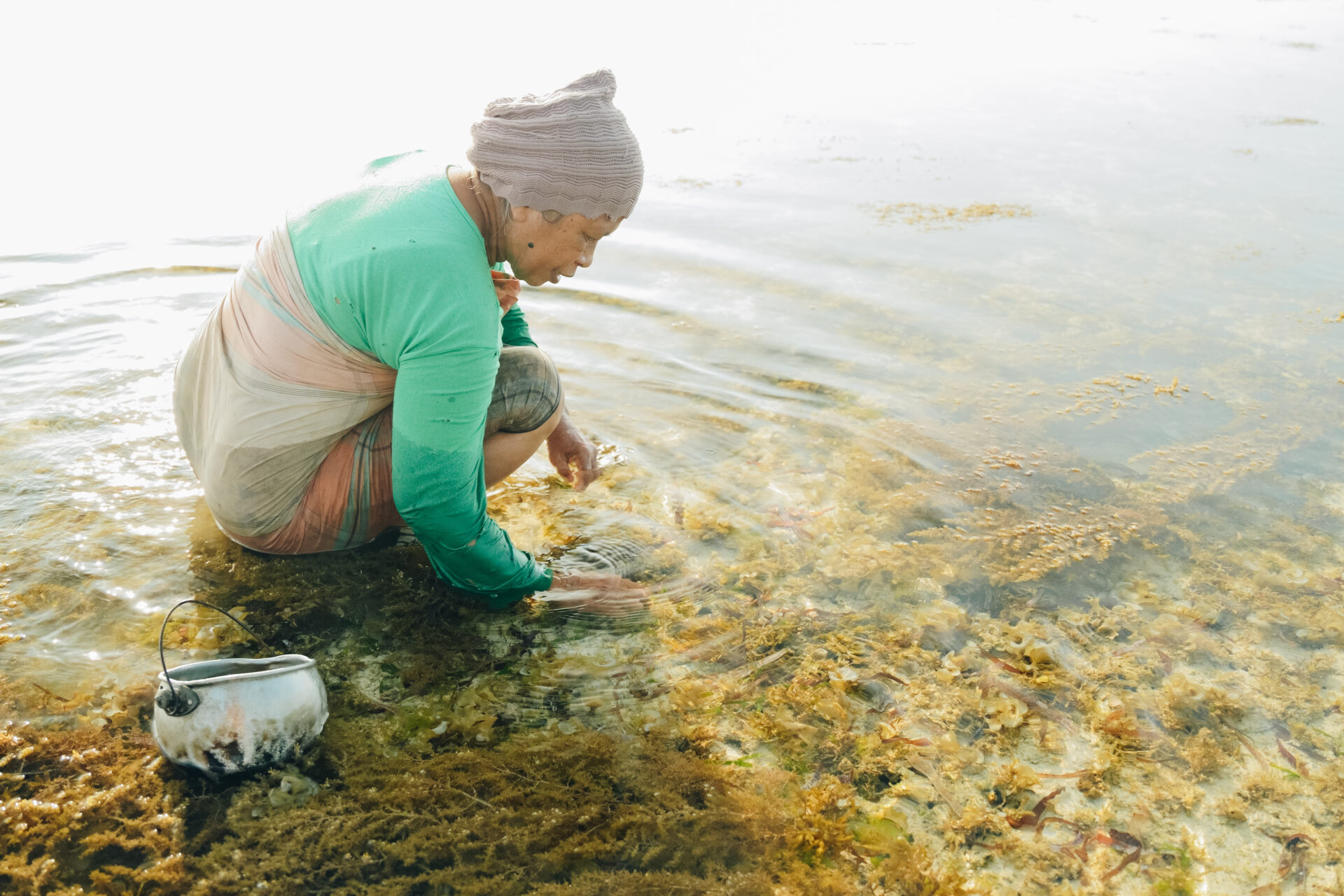Healthy ecosystems are vital to ensuring frontline communities are resilient to all that comes with extreme and unpredictable weather, rising seas, changes to species migration and other impacts of climate change. But this is only half of the climate resilience equation. Restoring ecosystems is one part. Reimagining how money flows to frontline communities is another.
Today, countries facing the brunt of climate change will need between US$310 and US$365 billion per year by 2035 to adapt – 12-14 times as much as current flows. Yet only a fraction of climate finance reaches the communities who safeguard the world’s most critical ecosystems. Low-income countries receive less than 10% of all climate finance, leaving millions on the frontlines with limited means to act.
The shortfall is not merely a funding gap—it’s a structural disconnect between global capital and community-led action. This “missing middle” in existing climate finance slows or halts the flow of finance from large-scale investments to local adaptation efforts. Large funds often demand scale and investment certainty, while small enterprises, cooperatives, and local initiatives remain largely invisible to markets, constrained by the lack of credit history, data, or formal recognition.
Closing the gap requires more than mobilizing capital. It means redesigning how finance meets the needs of local communities. True financial resilience begins when financial tools reflect the realities frontline communities face.
How Finance Builds Resilience
While resilience looks different in different communities, it rests on a common foundation: effective local governance, healthy ecosystems, collaborative resource management, and access to reliable finance.
When climate-vulnerable communities have access to reliable finance—such as insurance for fishing households or private capital for businesses—they are better able to withstand external shocks, plan beyond crisis response, and invest in nature-based solutions that protect their environment and its ecosystem services. Rare builds these elements into tailored approaches that reflect the realities of local communities.
Brazil — Casa de Ucides: Nature-Positive Business Anchors Economies in Ecosystems
Facet of resilience: Economic stability and identity built around sustainable resource use.
Brazil, one of the world’s most biodiverse countries, faces escalating climate threat—from wildfires to rising seas.
In Soure, a community-led initiative to strengthen the local economy is also building climate resilience. Casa de Ucides—aptly named after the Ucá mangrove crab, one of the Amazon Coasts’ most emblematic species—is a cooperative unit for processing, packaging, and marketing sustainably harvested crab meat.
Conceived by local harvesters, the initiative structures and strengthens sustainable value chains within a federally protected area known as a Marine Extractive Reserve (RESEX). With support from Rare, the Association of Users of the Soure Marine Extractive Reserve (ASSUREMAS) and the Association of Women Crab Pickers of Soure (ACCS) are leading the work as they turn their vision for Casa de Ucides into a viable enterprise. Participation in the cooperative and access to its processing facility are contingent on sustainable harvesting practices, which makes conservation the pathway to income.
Casa de Ucides exemplifies a growing portfolio of nature-positive enterprises that align environmental stewardship with economic opportunity. It presents a replicable model for inclusive bioeconomy in mangrove areas – one that increases blue carbon protection, diversifies income of local communities, increases market access, and builds long-term governance capacity. The cooperative’s success is now informing the development of a local Climate Action Plan within the RESEX, providing a governance model for scaling community-led cooperatives at a national level.

Philippines — Parametric insurance: Finance that Redistributes Climate Risk
Facet of resilience: Predictability and protection from volatility.
With eight in ten Filipinos living in coastal municipalities and 1.4 million households dependent on small-scale fisheries for income and sustenance, intense and erratic weather fueled by climate change threatens livelihoods and food security. When bad weather grounds fishing boats, income dries up.
To mitigate this volatility, Rare and WTW partnered with the Philippine government to launch a first-of-its-kind a parametric insurance product tailored for small-scale fishers. Parametric insurance pays out quickly when predetermined wind speed, rainfall, or wave height triggers are met. Payouts are automatic, fast, and delivered directly to fishers to protect incomes, while preventing fishers from going into debt or resorting to overfishing.
This innovative solution is protecting 14,000 fishers across 24 municipalities and enabling fishers to make decisions from a place of security, not desperation. Fishers can plan their livelihoods with greater confidence: rebuilding savings, maintaining boats, and preserving fishing grounds even during prolonged rough seasons.
As adaptation finance grows, models like this provide a scalable pathway for governments to embed risk protection in other climate-vulnerable sectors—from coastal tourism to coral reef restoration—proof that resilience can be systematized across ecosystems, not improvised after disaster.

Indonesia — Impact Bond: Building Local Foundations for Scalable Investment
Facet of resilience: Agency and absorptive capacity.
Indonesia is home to 2.2 million small-scale fishers, placing it among the top five countries with the largest fishery economies. With climate pressures increasing, these communities’ institutional and financial infrastructure is failing to sustain their ecosystems, or their livelihoods, over time.
Rare’s Small-Scale Fisheries (SSF) Impact Bond addresses this gap. Instead of funding short-term activities, it channels investment toward measurable outcomes that strengthen the systems of resilience themselves: legally recognized fisheries management bodies, approved management plans, and community-run business units that reinvest in governance and stewardship.
Three communities in Southeast Sulawesi are already piloting these milestones, testing how community institutions can evolve from project beneficiaries to financial actors. By building management capacity, tracking ecological and financial data, and establishing governance structures with fiscal accountability, these groups are demonstrating what absorptive capacity looks like in practice: the ability to take in resources, manage them transparently, and translate them into sustained environmental and social benefits.
Lessons from nearby enterprises, such as a community-led ice-making business that generates income while reducing waste, are also feeding into the Bond’s design. In later phases, such enterprises will be integrated as investable milestones, reinforcing how local economic participation can strengthen collective resource management.
Resilience here means readiness to face shocks and the reach to sustain progress over time. Each community is learning to plan beyond crisis response, to align income with stewardship, and to govern in ways that attract long-term investment.
The SSF Impact Bond represents a broader shift; from funding activities to financing performance; from dependency to agency. Its power lies not in moving money, but in making local institutions ready to receive, manage, and multiply it. By rooting finance in governance and learning, Indonesia’s model shows that resilience is built through institutions capable of absorbing shocks, adapting to change, and reinvesting in their own future.

The Architecture of Resilience: System Shifts and Market Change at a Global Level
Across these examples, resilience emerges not from a single solution, but from an evolving system. In Brazil, livelihoods are anchored in the health of ecosystems; in the Philippines, risk protection is embedded in public finance; and in Indonesia, governance itself becomes investable. Together, they show how financial design can turn resilience from a project outcome into the organizing principle of local economies.
Each initiative represents a layer of the same architecture:
- Local economies that align income with stewardship.
- Public systems that stabilize livelihoods and redistribute risk.
- Institutions that can absorb and manage investment for the long term.
The missing middle begins to close when finance flows through the same community structures that manage natural resources, rather than around them. By working with financial institutions, local governments, and frontline enterprises, Rare is helping channel climate finance to the frontlines, where it is most deeply needed and most effectively managed.
Grounded, people-centered solutions like these show that adaptation finance can meet the scale of climate risk—turning capital into climate security.